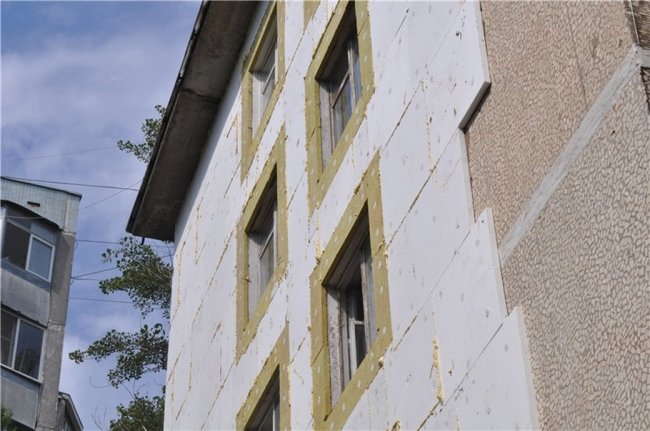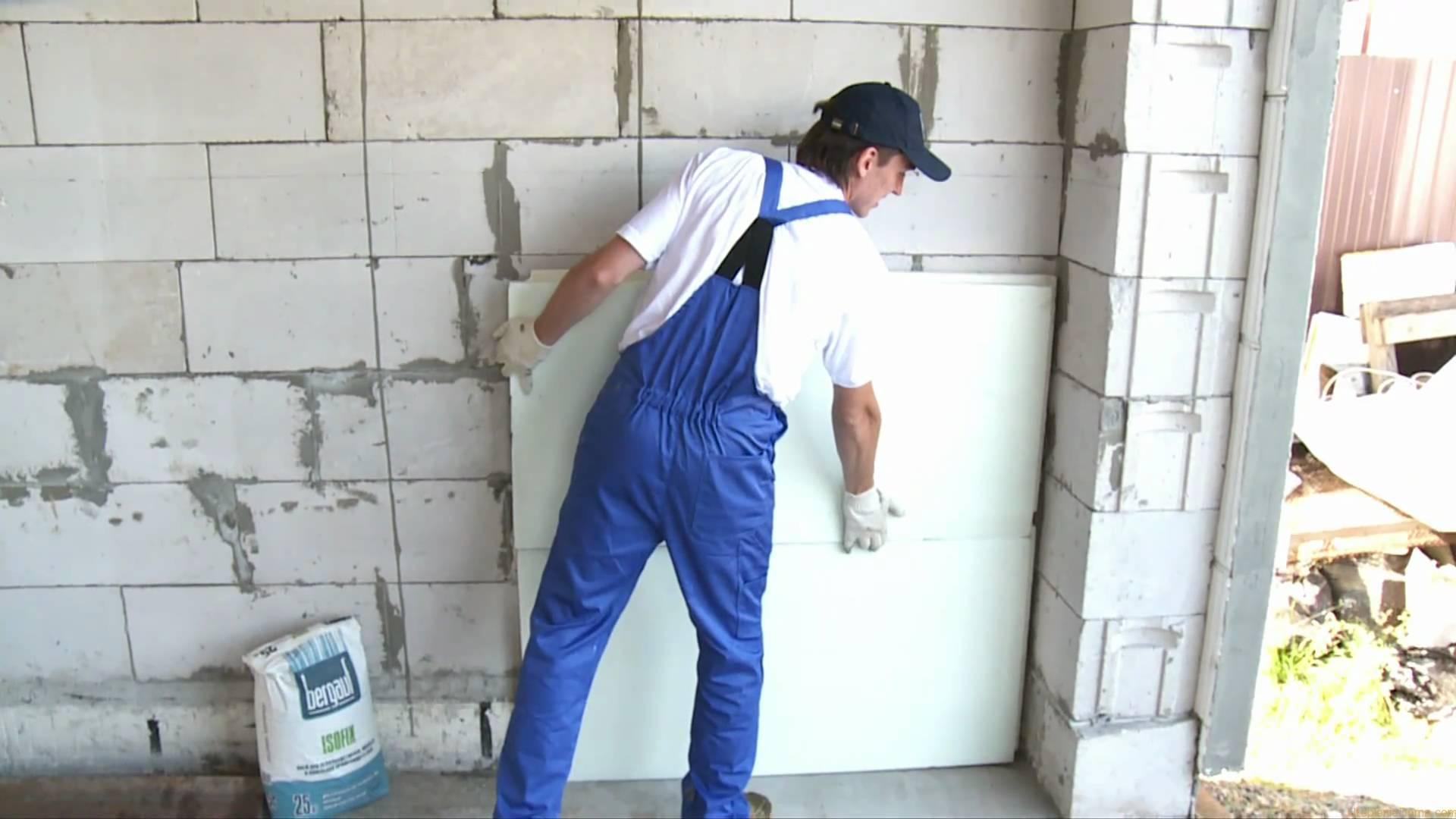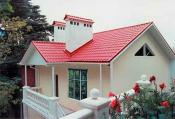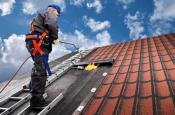Search
Login
Recommended
What to choose, polystyrene foam or expanded polystyrene. Which is better, polystyrene foam or expanded polystyrene for performance?
The modern variety of technological methods of production often contributes to difficulties for homeowners in choosing materials for construction and household needs. Experts noted a trend in accordance with which the variety of commercial offers is correlated with the complexity of the material selection process. Styrofoam or polystyrene foam, which is better? - This question has become the most frequent when visiting the construction market, and the purpose of this article is to compare polystyrene and polystyrene foam.
Content
- Polyfoam and expanded polystyrene. Manufacturing technology video
- Physical characteristics of polystyrene foam and polystyrene foam. Differences
- Thermal conductivity of polystyrene foam and polystyrene foam
- Polyfoam and expanded polystyrene. Temperature stability
- Disadvantages of Styrofoam and Styrofoam video
Polyfoam and expanded polystyrene. Manufacturing technology
Given the related origin of these materials (both are considered modified versions of polystyrene), the relevance of the question is not in doubt. The most common misconception regarding seemingly related materials is the myth that both materials, whether polystyrene foam or polystyrene, are the same material with the same functional and operational characteristics, but this article is intended to debunk unfounded myths.

The difference in these materials can be judged in connection with a significant difference in technological options for production, which from the very beginning provide the prerequisites for distinguishing between polystyrene and polystyrene foam.

The technological solution for polystyrene involves the processing of the initial polystyrene granules by means of dry steam, which contributes to the expansion of the porous structure of polystyrene under the influence of high temperatures and a high level of adhesion of the expanded granules. As a result, a plastic mass is formed, obtained in the process of foaming.

The technological features of the production of expanded polystyrene are fundamentally different from those in the manufacture of polystyrene and are an extrusion process, the essence of which is the melting of the granules of the raw material to form a viscous consistency and the subsequent expulsion of the molten starting substance through an opening of standard caliber. The result of such manufacturing manipulation is a material with a single structure and strong molecular bonds.
Physical characteristics of polystyrene foam and polystyrene foam. Differences
The following difference according to all the rules of logic arises from the previous one, which consists in the differences in the technological stages of manufacturing. The manufacturing technique directly determines the physical differences between polystyrene foam and polystyrene. The physics of these materials is very simple.

As discussed in the previous narrative, polystyrene foam is a single molecular structure in contrast to polystyrene, which is produced using the cohesion of related particles. As a result, the conclusion suggests itself that when testing the performance, the foam can crumble, which is impossible to say about polystyrene foam, which takes on building deformations associated with temperature fluctuations, humidity level differences and shrinkage phenomena.
.jpg)
In addition, the use of foam is appropriate for warming and sound insulation of flat surface planes that are not exposed to mechanical factors of various levels, since its deformation and irreversible violation of integrity are not excluded. Thus, all of the above indicates that the strength characteristics of expanded polystyrene are 5-6 times higher than those of foam.

The structure of the foam, represented by bonded micropores, is prone to destruction under the influence of moisture, since the granules lose their original bond strength as they settle.

The exact opposite situation is when polystyrene foam is used. Its closed-cell structure creates the conditions for maximum impermeability of substances from the environment, which can not be said about the foam, which freely passes water vapor from the outer space into the room, which subsequently condenses and accumulates in the form of excess moisture.
.jpg)
As for the permeability to moisture and sound waves, it can be argued here that the specified indicators are higher for foam, which also follows from the features of the technological production process.

Thermal conductivity of polystyrene foam and polystyrene foam
Speaking about the characteristics of polystyrene foam and polystyrene foam, one should not forget about the thermal conductivity, which is the main parameter of the quality of materials intended for thermal insulation works. The thermal conductivity of polystyrene foam and polystyrene foam is recognized as a fixed indicator, which varies significantly among the substances analyzed in this text. The thermal conductivity of expanded polystyrene is at a lower level, due to the more robust structure. This indicator in polystyrene foam is almost two times higher than that of a competitor, which suggests that the ability of the polystyrene to retain heat is several times lower than that of polystyrene foam.
Polyfoam and expanded polystyrene. Temperature stability
Comparative characteristics of extruded polystyrene foam and foam show that the resistance to thermal effects of the material obtained as a result of extrusion exceeds the ability of the foam to withstand the onset of temperature changes. This drawback becomes especially noticeable when decorating the facades of buildings located on the south side with expanded polystyrene foam.

Due to the low intermolecular interaction, which characterizes the structure of the foam, and the low level of resistance to high temperatures, there is reason to fear for the structural safety of the material. An adverse circumstance in this situation is the painting of the wall in a dark color. All this contributes to the fact that in the hot summer period, the plane trimmed with expanded polystyrene foam is heated to 50-60 degrees. This is the threshold temperature, reaching which the foam loses its original structure and begins to melt. Extruded polystyrene foam does not have such drawbacks due to the technological features of production. And this became the reason for the rejection of polystyrene during the decoration of building facades.

Disadvantages of Styrofoam and Styrofoam
But, oddly enough, the structural features of expanded polystyrene do not affect the level of biodegradation and evaporation of harmful substances with an increase in the permissible heating temperature. According to this parameter, the analyzed materials are similar, and, apparently, this property is their common drawback. Both materials are subject to destructive changes, during which the release of styrene monomer is noted. A low level of maximum permissible concentrations of styrene in a room indicates a high spectrum of toxic mechanisms of action of the monomer when it enters the body.

But, despite this, the concentration of styrene is often observed in the room, several times higher than the maximum permissible values, and, apparently, this is due to the ability of styrene to cumulate in the room and in the human body.
Thus, the stability of extruded polystyrene foam is one third higher than that of a competitor, with the exception of biodegradation indicators. But, in fairness, it is worth noting that the cost of material manufactured during the extrusion process is 3-4 times higher than the price range of expanded polystyrene foam or the so-called polystyrene foam.






